Description
Coke oven is a key in the coking industry. The temperature in the oven directly affects the quality of the refining coke. Therefore, we must ensure that the temperature in the oven is stable within a reliable range. Therefore, we must control the pressure in the coke oven flue and gas main pipe. We adopt a composite control method, that is, feedforward plus feedback/manual switching to achieve control requirements. The liquid level in the elution benzene condensate storage tank, the temperature at the top of the ammonium distillation tower and the pH value of the ammonium water are automatically adjusted. Since the SP value (set value) of many adjustment loops is an uncertain number , need to be based on different requirements in different periods; in the design of PID adjustment and manual/automatic switching, we designed the SP to track the PV when manual, and adjust the process value according to the SP value during automatic switching, so that when the operator switches from manual Switch the adjustment process value to automatic and you can adjust it immediately with this process value. It is conducive to operators to further explore ways to improve work efficiency.
On the operation interface of the operator station, trend charts of important variables such as “ammonium distillation tower bottom pressure” and “regeneration tower liquid level” are created, which is helpful for operators to intuitively observe the changing trends of important data. We use the signal sequence function to record the changing process of each operation. Its fastest scanning period is two milliseconds, so that we can clearly remember the changing sequence of data. When an accident occurs, we can refer to these data to analyze the cause of the accident. . We have also created a database to cumulatively record important variables in the process of “coal preparation”, “coke screening”, “tank area”, etc. Enterprises can analyze the production process based on the data, optimize the production process, and continuously improve efficiency.
The OPC standard software interface is designed in the system, which provides the basis for the enterprise’s on-site data management. At the same time, it provides guarantee for enterprises to realize information management.
7. Summary
Now the plant has been put into production. According to the design requirements, the entire system is designed to produce 1 million tons of coke per year. The DCS control system provides guarantee for achieving this goal. The ABB AC800F distributed control system operates stably and reliably, and at the same time brings convenience to the enterprise’s information management. Practice has proven that the DCS control system has made contributions to improving labor productivity, improving product quality, and avoiding accidents. It has brought considerable economic benefits to the enterprise and achieved user satisfaction.
Excitation system ABB module NKTU02-17
Excitation system ABB module NKTU02-15
Excitation system ABB module NKTU02-13
Excitation system ABB module NKTU02-11
Excitation system ABB module NKTU02-10
Excitation system ABB module NKTU02-007
Excitation system ABB module NKTU01-9
Excitation system ABB module NKTU01-8
Excitation system ABB module NKTU01-7
Excitation system ABB module NKTU01-6
Excitation system ABB module NKTU01-5
Excitation system ABB module NKTU01-4
Excitation system ABB module NKTU01-3
Excitation system ABB module NKTU01-20
Excitation system ABB module NKTU01-18
Excitation system ABB module NKTU01-16
Excitation system ABB module NKTU01-15
Excitation system ABB module NKTU01-14
Excitation system ABB module NKTU01-13
Excitation system ABB module NKTU01-12
Excitation system ABB module NKTU01-11
Excitation system ABB module NKTU01-10
Excitation system ABB module NKTT01-80
Excitation system ABB module NKTT01-8
Excitation system ABB module NKTT01-4
Excitation system ABB module NKTT01-3
Excitation system ABB module NKTT01-2
Excitation system ABB module NKTT01-10
Excitation system ABB module NKTM02-5
Excitation system ABB module NKTM01-5
Excitation system ABB module NKTM01-4.5
Excitation system ABB module NKTM01-11
Excitation system ABB module NKTM01-10
Excitation system ABB module NKTL01-3
Excitation system ABB module NKSE01-4
Excitation system ABB module NKSE01-2
Excitation system ABB module NKSB01-3
Excitation system ABB module NKSB01-2
Excitation system ABB module NKSB01-1
Excitation system ABB module NKPL01-3
Excitation system ABB module NKMP11-5
Excitation system ABB module NKMP11-4
Excitation system ABB module NKMP11-3
Excitation system ABB module NKMP11-2
Excitation system ABB module NKMP03-1
Excitation system ABB module NKMP01-6
Excitation system ABB module NKMP01-5
Excitation system ABB module NKMP01-4
Excitation system ABB module NKMP01-2
Excitation system ABB module NKMF02-02
Excitation system ABB module NKLS11-9
Excitation system ABB module NKLS11-8
Excitation system ABB module NKLS11-7
Excitation system ABB module NKLS11-5
Excitation system ABB module NKLS11-3
Excitation system ABB module NKLS11-12
Excitation system ABB module NKLS11-11
Excitation system ABB module NKLS11-10
Excitation system ABB module NKLS04-3
Excitation system ABB module NKLS03-5
Excitation system ABB module NKLS03-10
Excitation system ABB module NKLS02-5
Excitation system ABB module NKLS02-10
Excitation system ABB module NKLS01-L19
Excitation system ABB module NKLS01-L15
Excitation system ABB module NKLS01-8
Excitation system ABB module NKLS01-7
Excitation system ABB module NKLS01-5
Excitation system ABB module NKLS01-4
Excitation system ABB module NKLS01-3
Excitation system ABB module NKLS01-15
Excitation system ABB module NKLS01-10
Excitation system ABB module NKLM01-5
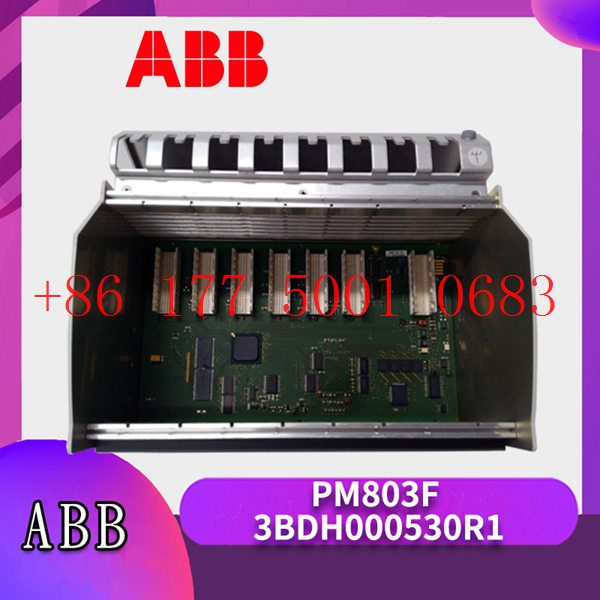
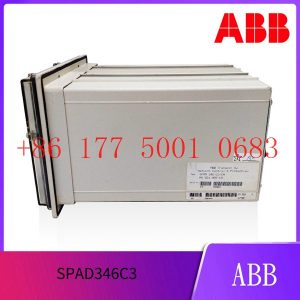
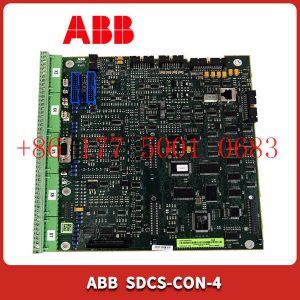
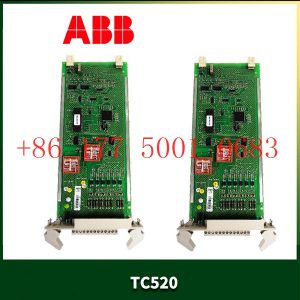
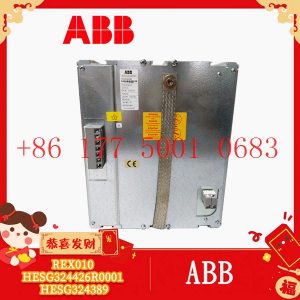




Reviews
There are no reviews yet.